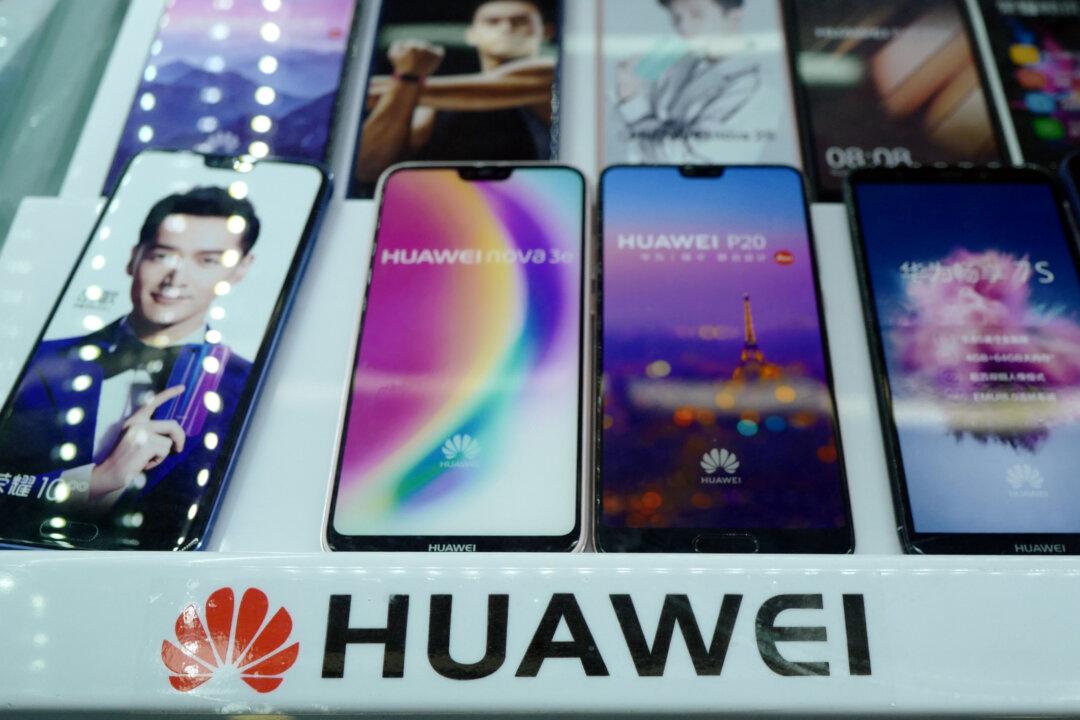This year’s U.S.–China trade skirmishes could well be the start of a much more profound schism in the world economy.
Beijing has no intention of abandoning its “Made in China 2025” plan—the real target of President Donald Trump’s threats and actions. The comprehensive upgrade of China’s industry and focus on developing advanced technology is the cornerstone of regime leader Xi Jinping’s economic vision.

